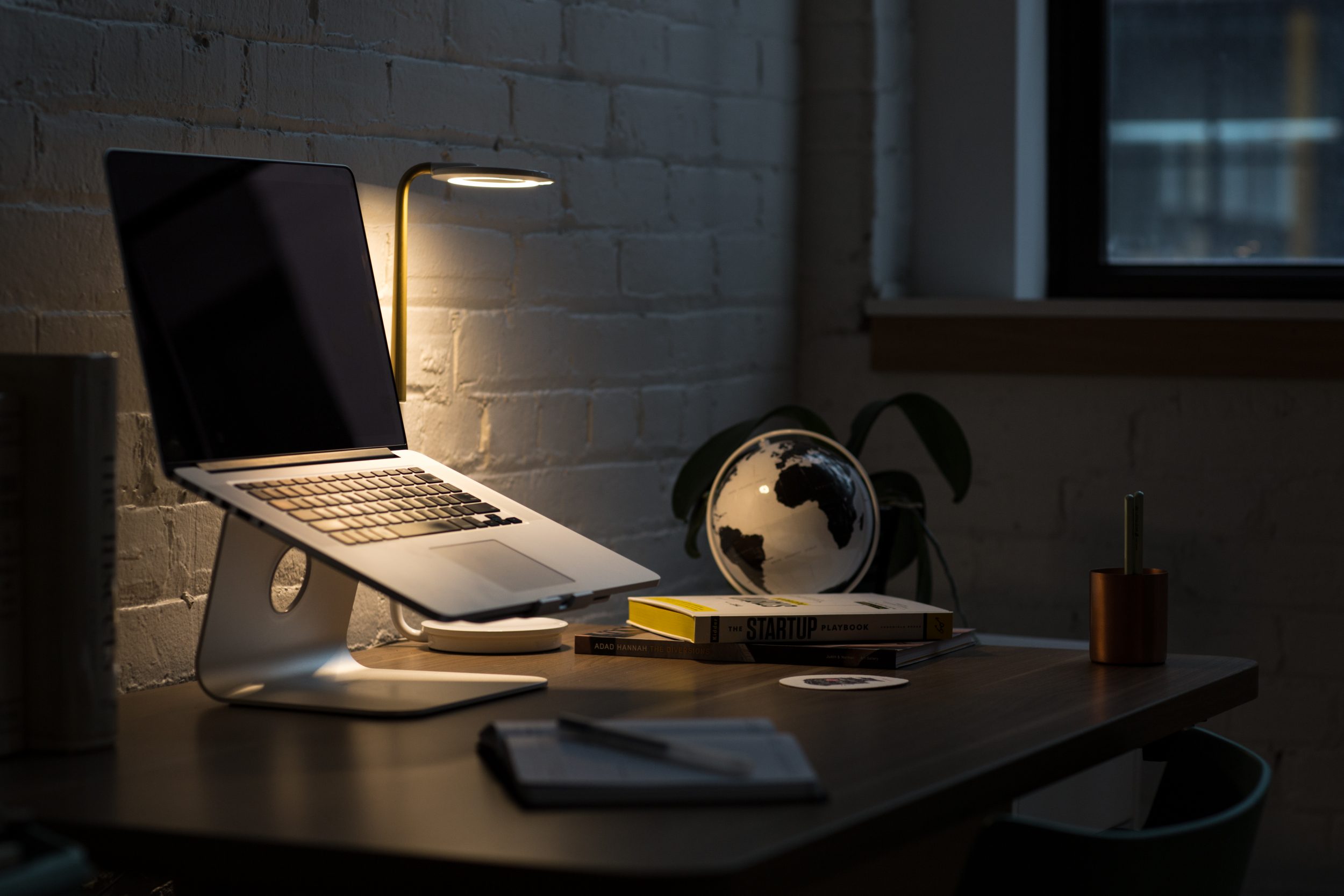Greenlite Group’s managing director Bob Hall explains how we can support night staff and boost productivity by providing the right lighting solution.
As you turn out the light and huddle down in bed tonight, spare a thought for the three million plus night workers, beavering away across Britain. Whilst we slip gently into sleep, they are wide awake. From A&E medics saving lives, to midwives birthing babies, night cleaners and the drivers who keep our transport network up and running, a massive one-in-eight employees now works between 9pm and 6am.
The cost of night shifts
While shift work brings the advantage of flexibility and often better pay, research increasingly shows that regularly working nights can come at a price. It leads to a disjointed lifestyle, which heaps pressure on our already hectic family lives and can cause tension within our relationships; so much so that shift workers are thought to have higher divorce rates.
The impact is physical, too. Wide-ranging studies have linked shift work to heart disease, obesity, Type 2 Diabetes and insomnia. The World Health Organisation (WHO) has even classed it as a possible carcinogen, because of the disruptive effect it has on our circadian rhythm, the 24-hour internal clock that tells our bodies when to be alert, when to eat and when to sleep.
Lighting support
Nevertheless, society and our economy needs shift workers to keep it ticking over 24/7. So, how can we use the advances in lighting to support employees who work unnatural hours, help them work efficiently and ensure they remain as healthy as possible?
Greenlite Group suggests installing human-centric lighting, which uses a broad colour spectrum and range of intensity to support people’s natural rhythms. Used wisely, human-centric lighting may aid our body clocks, helping us feel alert when we need to, and improving our mood and productivity in the process.
In comparison with traditional incandescent bulbs, human-centric LED lighting offers a more flexible, bespoke solution. The light intensity and colour can be finely tuned and adjusted across a far broader range throughout a 24-hour period, to suit the specific needs of the staff. This makes it ideal for a shift work setting, which involves the need for people to be wide awake when their bodies would naturally crave sleep.
For example, staff clocking on for a night shift can benefit from more intense light in a cooler colour, which suppresses the production of melatonin and helps stimulate their brains and bodies. The solution will vary according to the situation – staff working regular night shifts will benefit from a different lighting pattern to those who are only nocturnal on occasion.
Improved safety and productivity
A well-lit work environment will help staff be more alert and productive, not to mention happier and less likely to make mistakes or suffer accidents. It also stands to reason that if a night worker is stimulated into an alert state during the night shift, their body will then be ready to wind down into much-needed sleep during the day. This restorative ‘off duty’ sleep is vital for any employee’s mental and physical wellbeing, plus it creates a happy circle, because they’ll function efficiently and safely when they clock back onto work.
Put simply, by exposing shift workers to the right lighting at the right time, we can help them develop a pattern of wakefulness and sleep that supports their working schedule. Human-centric lighting systems can help staff perform efficiently and safely, improving productivity in the process.





